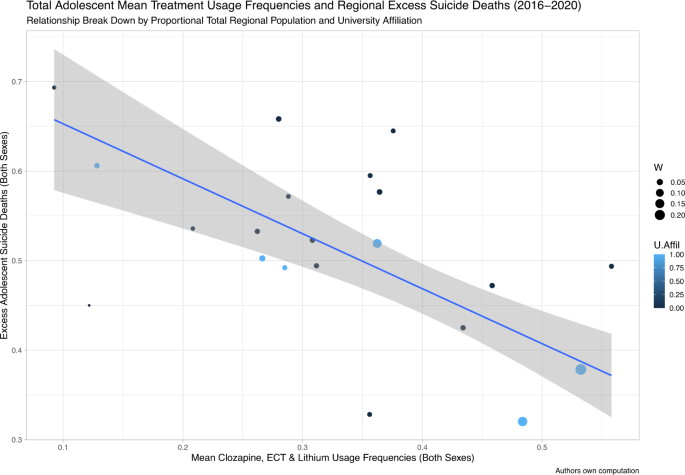2023-03-14 カロリンスカ研究所(KI)
心臓のポンプ機能を直接的に増加させる手法はなく、これまで病気の進行を遅らせる治療法しかなかった。
この研究による治療法は、内因性ホルモンであるグレリンを用いるもので、カロリンスカ研究所とカロリンスカ大学病院で行われた臨床試験の結果、心臓からポンプされる血液量が増加することが確認された。
グレリンは、食欲を増進させ、成長ホルモンの放出を促進する。心臓筋組織にグレリンの受容体が多数存在するため、グレリンの受容体を増強することで心臓のポンプ機能を向上させる可能性があると研究者たちは考えている。
治療法は、臨床試験に参加した30人の心不全患者に投与され、治療後2時間で平均28%の心臓のポンプ機能の増加が確認された。しかし、この研究は小規模で追跡期間も短かったため、より長期的な大規模な臨床試験が必要とされている。
また、研究者たちは、この治療法を開発するためのスタートアップ企業であるAnaCardioを立ち上げ、より大規模な臨床研究を進めていく予定である。
<関連情報>
- https://news.ki.se/new-treatment-can-improve-cardiac-pump-function-in-patients-with-heart-failure
- https://academic.oup.com/eurheartj/advance-article/doi/10.1093/eurheartj/ehad100/7076894
アシルグレリンは心不全の心機能を改善し、カルシウムを動員することなく心筋細胞の分画短縮を増加させる Acyl ghrelin improves cardiac function in heart failure and increases fractional shortening in cardiomyocytes without calcium mobilization
Lars H Lund, Camilla Hage, Gianluigi Pironti, Tonje Thorvaldsen, Ulrika Ljung-Faxén, Stanislava Zabarovskaja, Kambiz Shahgaldi, Dominic-Luc Webb, Per M Hellström, Daniel C Andersson,Marcus Ståhlberg
European Heart Journal Published:14 March 2023
DOI:https://doi.org/10.1093/eurheartj/ehad100

Abstract
Background and Aims
Ghrelin is an endogenous appetite-stimulating peptide hormone with potential cardiovascular benefits. Effects of acylated (activated) ghrelin were assessed in patients with heart failure and reduced ejection fraction (HFrEF) and in ex vivo mouse cardiomyocytes.
Methods and results
In a randomized placebo-controlled double-blind trial, 31 patients with chronic HFrEF were randomized to synthetic human acyl ghrelin (0.1 µg/kg/min) or placebo intravenously over 120 min. The primary outcome was change in cardiac output (CO). Isolated mouse cardiomyocytes were treated with acyl ghrelin and fractional shortening and calcium transients were assessed. Acyl ghrelin but not placebo increased cardiac output (acyl ghrelin: 4.08 ± 1.15 to 5.23 ± 1.98 L/min; placebo: 4.26 ± 1.23 to 4.11 ± 1.99 L/min, P < 0.001). Acyl ghrelin caused a significant increase in stroke volume and nominal increases in left ventricular ejection fraction and segmental longitudinal strain and tricuspid annular plane systolic excursion. There were no effects on blood pressure, arrhythmias, or ischaemia. Heart rate decreased nominally (acyl ghrelin: 71 ± 11 to 67 ± 11 b.p.m.; placebo 69 ± 8 to 68 ± 10 b.p.m.). In cardiomyocytes, acyl ghrelin increased fractional shortening, did not affect cellular Ca2+ transients, and reduced troponin I phosphorylation. The increase in fractional shortening and reduction in troponin I phosphorylation was blocked by the acyl ghrelin antagonist D-Lys 3.
Conclusion
In patients with HFrEF, acyl ghrelin increased cardiac output without causing hypotension, tachycardia, arrhythmia, or ischaemia. In isolated cardiomyocytes, acyl ghrelin increased contractility independently of preload and afterload and without Ca2+ mobilization, which may explain the lack of clinical side effects. Ghrelin treatment should be explored in additional randomized trials.
Clinical Trial Registration
ClinicalTrials.gov Identifier: NCT05277415


